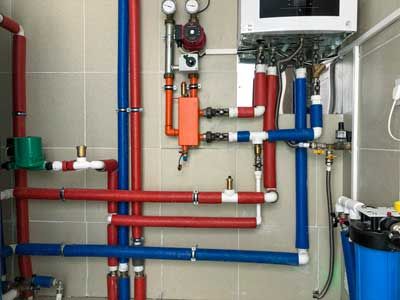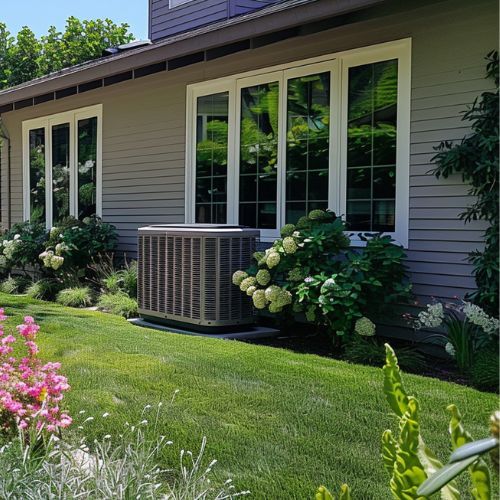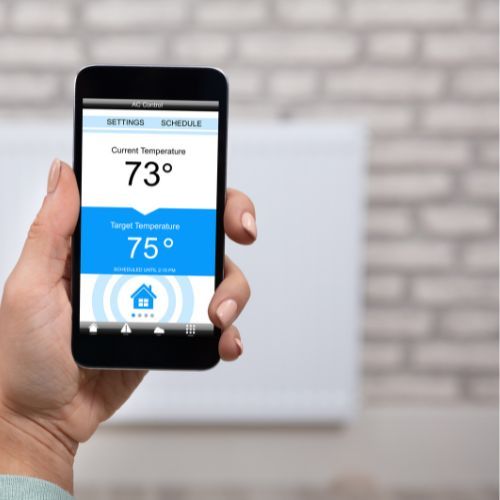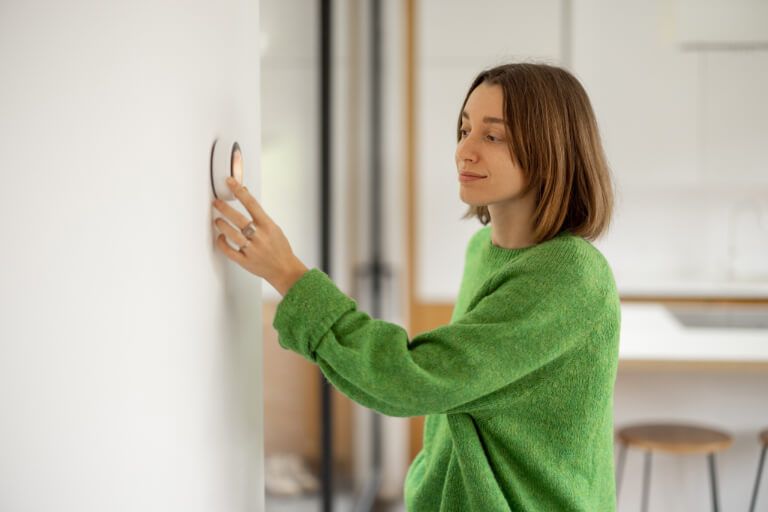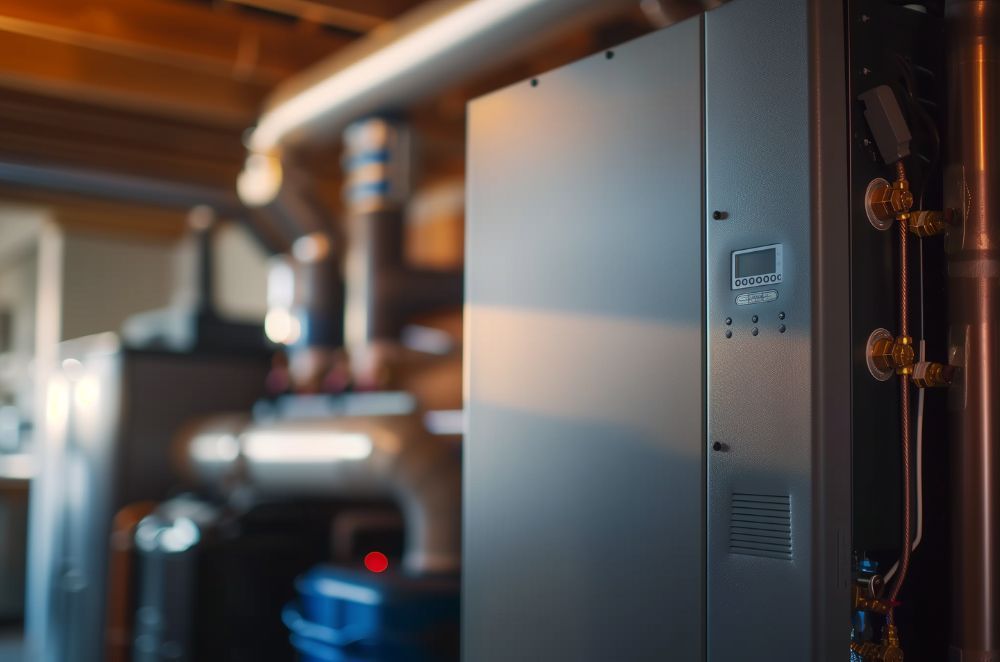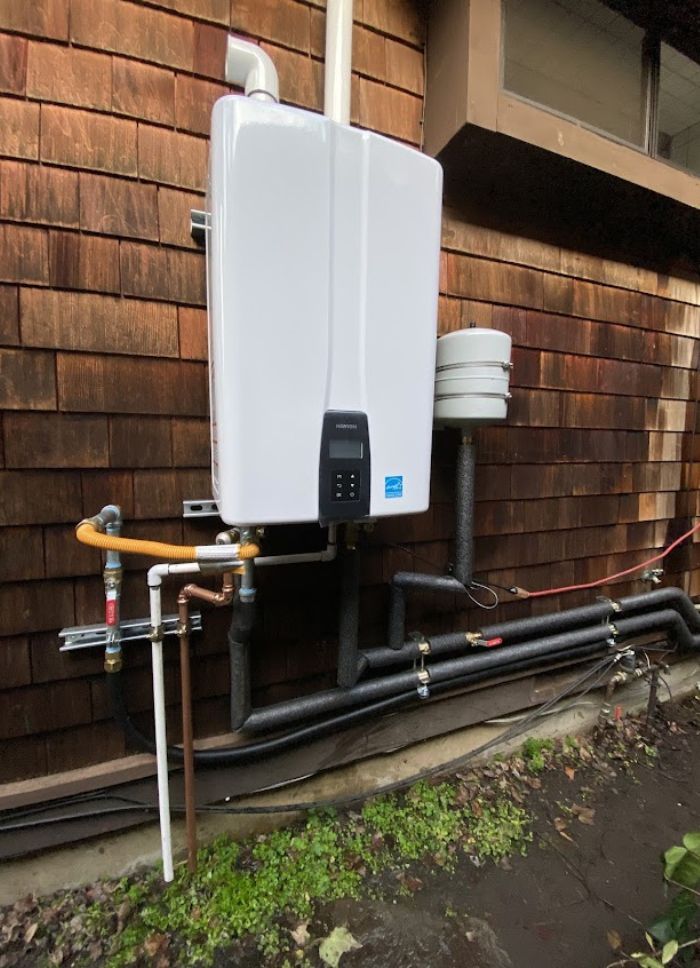Sick Building Syndrome: How to Recognize It and What to Do About It

Table of Contents
ToggleKey Takeaways
- Sick Building Syndrome (SBS) occurs when indoor environments trigger symptoms like headaches, fatigue, and respiratory irritation, even though no single cause can be identified.
- Poor ventilation, airborne contaminants, and inadequate HVAC maintenance are the most common contributors.
- Indoor air quality improvements, from filtration upgrades to ventilation enhancements, can significantly reduce SBS symptoms, and professional service helps ensure long-term relief.
Indoor air quality affects how you feel far more than most people realize. If you’ve been dealing with headaches, fatigue, congestion, or irritation only while you’re indoors (and those symptoms ease when you leave), you may be experiencing Sick Building Syndrome, also known as SBS.
Many homes and commercial buildings across Sonoma, Marin, and Napa counties struggle with indoor air problems, especially during winter, wildfire season, or periods of high humidity. While SBS isn’t tied to one specific medical cause, it’s a real and well-documented phenomenon. The good news is that you can improve the situation dramatically with the right indoor air quality (IAQ) strategies.
This updated guide explains what Sick Building Syndrome is, how to recognize it, and what steps you can take to improve your indoor air quality, including when to call Elevated Comfort for help.
What Is Sick Building Syndrome?
Sick Building Syndrome is a term used when people experience non-specific health symptoms linked directly to time spent inside a particular building, but no clinical illness or pinpointable contaminant can be identified.
Symptoms appear when individuals are inside the space and often improve or disappear shortly after leaving. SBS occurs in homes, offices, schools, medical facilities, and any building with problematic air ventilation or indoor pollutants.
The World Health Organization reports that up to 30% of new or remodeled buildings may have excessive indoor air quality complaints, making this a widespread global issue.
Factors that contribute to Sick Building Syndrome include:
- Poor ventilation or blocked return vents
- HVAC systems not maintained properly
- High levels of volatile organic compounds (VOCs)
- Mold or moisture problems
- Contaminants from cleaning products, furniture, or building materials
- Outdoor pollutants entering through leaks or unfiltered air
- Overcrowded spaces with stagnant airflow
In many cases, SBS is a sign that a building’s HVAC system or ventilation design isn’t keeping up with modern indoor air needs.
How Do You Recognize Sick Building Syndrome Symptoms?
SBS symptoms vary widely, which is why the condition can be difficult to identify. However, the key defining factor is repeated symptoms that occur inside the building and ease once you leave the environment.
Common SBS symptoms include:
- Sneezing or allergy-like reactions
- Burning eyes or irritated throat
- Tightness in the chest or breathing difficulties
- Dry, itchy skin or unexplained rashes
- Headaches or dizziness
- Difficulty focusing or forgetfulness
- Unusual fatigue
- Nausea or general discomfort
- Chills or intermittent fever
- Irritability or feeling mentally “foggy”
- Runny nose or congestion
- Joint or body aches
People with asthma, COPD, or respiratory allergies are often more sensitive and feel symptoms sooner than others.
You should always consult a healthcare professional for persistent or severe symptoms, but improving indoor air quality is an important step toward relief.
What Causes Sick Building Syndrome in Sonoma & Marin Homes?
Homes and buildings in Sonoma and Marin counties face unique IAQ challenges due to:
- Wildfire smoke and lingering particulate matter
- High seasonal humidity, especially near the coast
- Older buildings with poor ventilation
- Homes sealed tightly for energy efficiency, which traps pollutants
- Dust and allergens from surrounding vineyards and agriculture
When fresh air can’t circulate properly, pollutants accumulate, and that’s when SBS symptoms start to show up.
Struggling with poor indoor air quality? Schedule an IAQ assessment with Elevated Comfort and let our technicians help you create a healthier home or workplace.
How to Improve Indoor Air Quality and Reduce SBS
You can take several steps to reduce Sick Building Syndrome symptoms, but long-lasting improvements usually require a combination of ventilation upgrades, filtration improvements, and reducing indoor pollution sources.
1. Improve Ventilation
Proper airflow dilutes airborne irritants. Ways to improve it include:
- Adding exhaust fans
- Running your ventilation cycle through your HVAC system
- Ensuring return vents are not blocked
- Considering a fresh-air ventilation upgrade
2. Install or Upgrade Air Purification
Modern IAQ systems remove pollutants at multiple levels using:
- HEPA filtration
- Activated carbon filters
- UV-C light sanitation
- Whole-home electronic air cleaners
These systems capture dust, smoke particles, mold spores, and chemical vapors.
3. Maintain Your HVAC System
Your HVAC system plays the biggest role in indoor air circulation. Key maintenance steps include:
- Changing air filters regularly
- Scheduling seasonal tune-ups
- Cleaning ducts if airflow is restricted
- Repairing failing components before they affect circulation
- Inspecting for moisture buildup or mold
Regular HVAC maintenance with Elevated Comfort can significantly reduce SBS triggers.
4. Manage Indoor Pollutants
Simple changes make a big impact:
- Avoid smoking indoors
- Choose low-VOC paints and cleaning products
- Keep pets groomed
- Store chemicals properly
- Address water leaks immediately
5. Control Humidity
Humidity swings worsen SBS symptoms. Use:
- Dehumidifiers during damp seasons
- Humidifiers during dry, heated indoor months
- HVAC upgrades with built-in humidity control
A balanced humidity level (40%–60%) helps you feel more comfortable and breathe easier.
When Should You Call Elevated Comfort?
If you are:
- Experiencing recurring symptoms
- Smelling musty or chemical odors
- Seeing mold or moisture issues
- Noticing poor airflow or stale indoor air
- Running your HVAC system constantly with little comfort improvement
…it’s time to contact our team.
When you schedule an IAQ service with us, we identify the sources of poor indoor air quality, recommend targeted solutions, and help you restore cleaner, healthier air in your home or workplace.
Ready to eliminate Sick Building Syndrome symptoms? Contact Elevated Comfort today for professional air quality solutions that make your indoor environment healthier and more comfortable year-round.
Frequently Asked Questions about Sick Building Syndrome
- Is Sick Building Syndrome the same as mold exposure?
Not exactly. SBS can include mold-related symptoms, but mold exposure has a clear cause. SBS refers to symptoms without a single identifiable contaminant.
- Can SBS happen in new buildings?
Yes. New paint, flooring, adhesives, and sealed structures often trap VOCs and reduce ventilation, making SBS common in new or recently renovated buildings.
- How long does it take for SBS symptoms to appear?
Symptoms often develop after repeated exposure (from hours to days) and usually improve once you leave the building.
- Will an air purifier fix Sick Building Syndrome on its own?
Air purifiers help significantly, but SBS usually requires a combination of improved ventilation, filtration, humidity control, and HVAC maintenance.
- What’s the best first step if I think I have SBS?
Schedule an IAQ assessment. Identifying the root causes is the fastest way to eliminate symptoms and improve indoor comfort.

